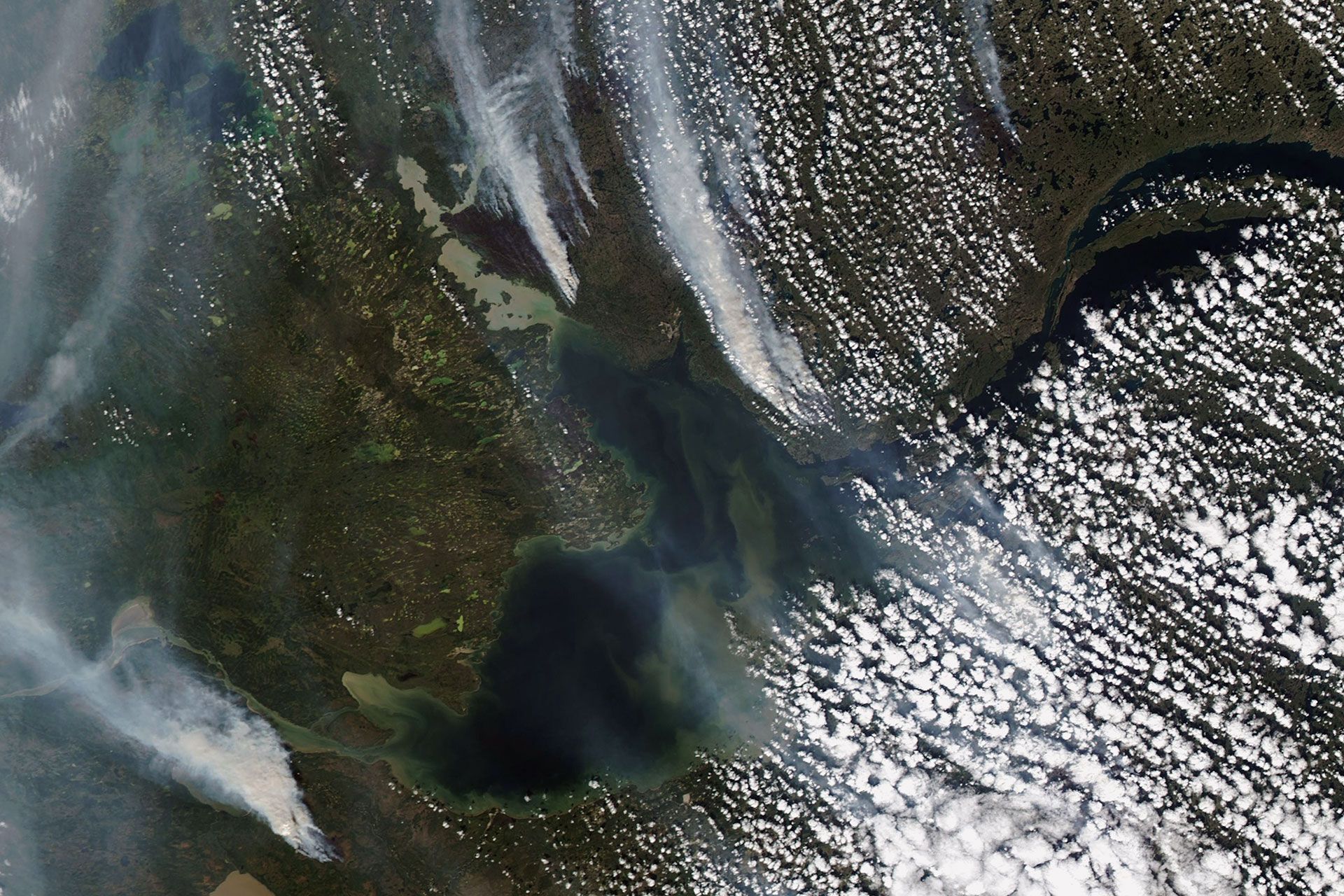
Science services: Observing our planet and understanding climate change


Mario Maniewicz, Director, ITU Radiocommunication Bureau
Earth-observation systems have made remarkable advances in recent years, becoming critical for understanding our planet and addressing some of the most pressing challenges facing humanity.
The associated science services use radio technology to gather information about the Earth’s atmosphere, land, and oceans, which is then analysed and interpreted to provide valuable insights into various natural and human-induced phenomena.
Thanks to the advancements in satellite systems and high-speed Internet access, the volume and quality of data collected through Earth observation and remote sensing have increased significantly. Scientists, researchers, and policymakers can now obtain near real-time data on climate patterns, disasters, land-use changes, environmental degradation, and other indicators.
Such information has proven crucial in predicting and mitigating the impacts of hurricanes, floods, wildfires, and other disasters, as well as monitoring the health of ecosystems and informing land-use policies. Earth observation data is essential to assess the overall state of our planet, including progress towards achieving the Sustainable Development Goals (SDGs) set out by the United Nations.
Meteorological services, in parallel, can predict weather patterns and warn about extreme weather events. The changing climate makes accurate and timely weather information more important than ever before to protect human lives and property.
Meteorological services also provide aviation, marine, and agricultural information, enabling governments and companies to make informed decisions in those sectors.
Steady advances in Earth observation, remote sensing, and meteorological services have revolutionized our understanding of the Earth. These fields can help us better manage the planet’s resources and our environment in the years to come.
Illuminating climate and development challenges
Integrating Earth-observation data into policymaking processes can strengthen sustainable development and help to create a more equitable and resilient world. For instance, data from satellite images can shed light on agricultural land use, crop health, and water availability, informing evidence-based policies aimed at promoting sustainable agriculture and achieving food security.
Similarly, remote sensing reveals water resources and helps to monitor water quality. Other satellite data can be used to ascertain the health of forests and other ecosystems.
Earth-observation systems are key for tracking climate change and its impacts. Data on temperature, sea-level rise, and greenhouse gas emissions can clarify long-term trends and shape emissions reduction and climate mitigation policies.
Yet it all hinges on protecting the necessary radio spectrum for Earth observation. Collecting, transmitting, and distributing data from satellites and other remote sensing platforms requires the uninterrupted availability of key radio frequencies.
This makes the upcoming World Radiocommunication Conference, WRC‑23, a decisive milestone to ensure that Earth observation, remote sensing and meteorology services continue getting better and better.
As systems expand, interference from other radio sources can affect data quality, compromising the accuracy of analysis with potential implications for economic security, national defence, and the safety of life everywhere.
Safeguarding spectrum for science services
Previous World Radiocommunication Conferences have reinforced the mandate of the International Telecommunication Union (ITU) to promote sustainability, address climate change, and strengthen emergency communications. The decisions taken have continually secured the availability of spectrum and satellite orbits for monitoring the environment and modelling climate change.
ITU Member States will once again, at WRC‑23, consider frequency allocations to safeguard and enhance science services, whether for Earth observation, exploring our solar system, or studying the universe.
Protecting sensitive science services in adjacent bands is paramount, particularly for the Earth exploration-satellite service (EESS) passive band used by weather prediction models. Harmful interference in this band could compromise the accuracy of weather predictions at a time when they need to be increasingly accurate.
WRC‑23 will therefore consider new spectrum to facilitate the use of the Earth exploration-satellite services for climate monitoring, weather prediction, and other scientific missions.
Key agenda items for the science services include:
- 1.12 — Earth exploration-satellite (active) service for spaceborne radar sounders: consider a possible new secondary allocation.
- 1.14 — EESS (passive): consider possible adjustments to ensure alignment with more up-to-date remote-sensing observation requirements.
- 9.1 (topic a) — review the results of studies relating to the technical and operational characteristics, spectrum requirements and appropriate radio service designations for space weather sensors with a view to describing appropriate recognition and protection in the Radio Regulations without placing additional constraints on incumbent services.
In April, ITU’s Member States approved the Report of the Conference Preparatory Meeting to WRC‑23, which summarizes and analyses the results of technical studies by the ITU Radiocommunication Sector (ITU–R) and outlines possible solutions for issues on the WRC‑23 agenda. The report is available in the six ITU official languages.
The third and final Inter-regional Workshop on WRC‑23 Preparation, which took place 27–29 September, provided another opportunity to consider proposed solutions for the issues identified.
Expert insights for WRC‑23
This latest ITU News Magazine captures industry perspectives, along with the views of specialized international and regional organizations, on key issues related to science services for Earth observation ahead of WRC‑23.
I would like to express my heartfelt gratitude to all the experts who have contributed their unique perspectives to the discussion. I am confident this edition offers a well-informed overview.
The outcomes of WRC‑23 will be pivotal in shaping the future framework for radiocommunication services in all countries. I look forward to welcoming our delegates from around the world.
Download your copy of the ITU News Magazine: Science services.
Header image credit: NASA
Photo: ITU/D. Woldu
